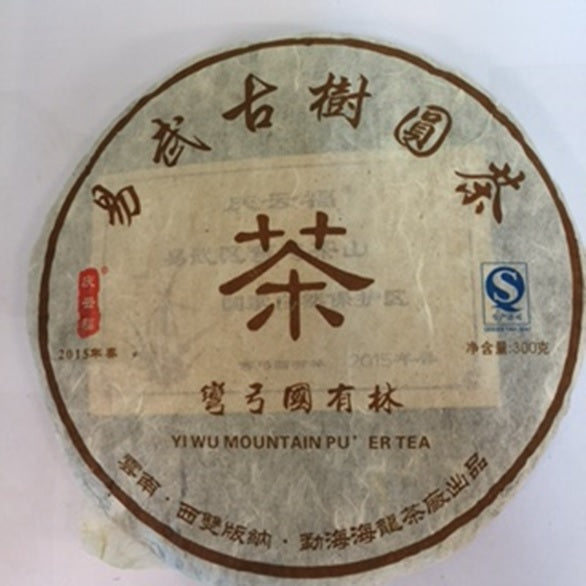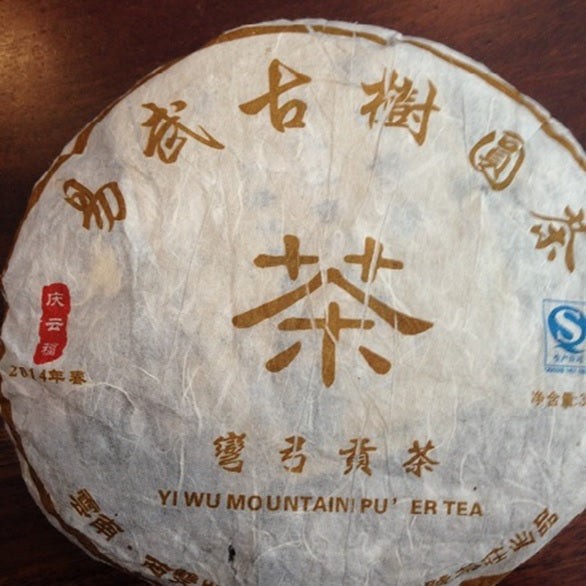OVP
Yiwu – Wangong Village Sheng PuEr from ancient trees by LZGC
Yiwu – Wangong Village Sheng PuEr from ancient trees by LZGC
Couldn't load pickup availability
Rare Ancient Tree PuEr from the Most Prestigious Village in Yiwu Mountain
Harvested from early spring ancient trees in Wan-gong, one of Yiwu’s most legendary tea zones. The 2015 edition is from the state-owned forest (国有林) and strictly limited to 1 piece per customer.
Wan Gong Village (弯弓寨) is a crown jewel within Yiwu Mountain, once the imperial tribute tea garden supplying Buddhist monasteries and royal courts. For centuries, it remained hidden in quiet reverence, avoiding the modern over-harvesting frenzy—and preserving its untamed purity.
The ancient trees in Wangong grow in a dense forest environment with ideal altitude, rainfall, and biodiversity, contributing to the tea's unforgettable thick mouthfeel, refined elegance, and long-lasting sweetness.
This tea is sought after by top Chinese collectors who recognize the name “Wangong” as a gold standard of Yiwu teas.
Key Characteristics:
- Rich honey-golden liquor with glowing clarity
- Silky, soft entry with a full-bodied and viscous texture
- Forest floral aroma with subtle mineral notes
- Mouth-coating and long-lasting aftertaste
- Gentle but rising Cha Qi with serene clarity
- Suitable for aging or slow appreciation over long brews
About the 2015 State-Owned Forest Edition:
The 2015 batch is made from Wangong’s nationally protected wild forest (国有林 Guo You Lin) ancient tea trees. This batch has an exceptionally clean and bright energy, delicate aroma, and deep sweetness with pronounced throat-feel. Only one piece allowed per order due to extremely limited stock.
Historical Footnote:
In Qing Dynasty times, Wan gong was one of the two major villages in the core Mansha tea-producing region, alongside Mansha Old Street. Its once-thriving community had temples, mosques, and a Guandi shrine that was the largest among all six historical tea mountains. Though it faded from mainstream attention, discerning collectors never forgot its name.




